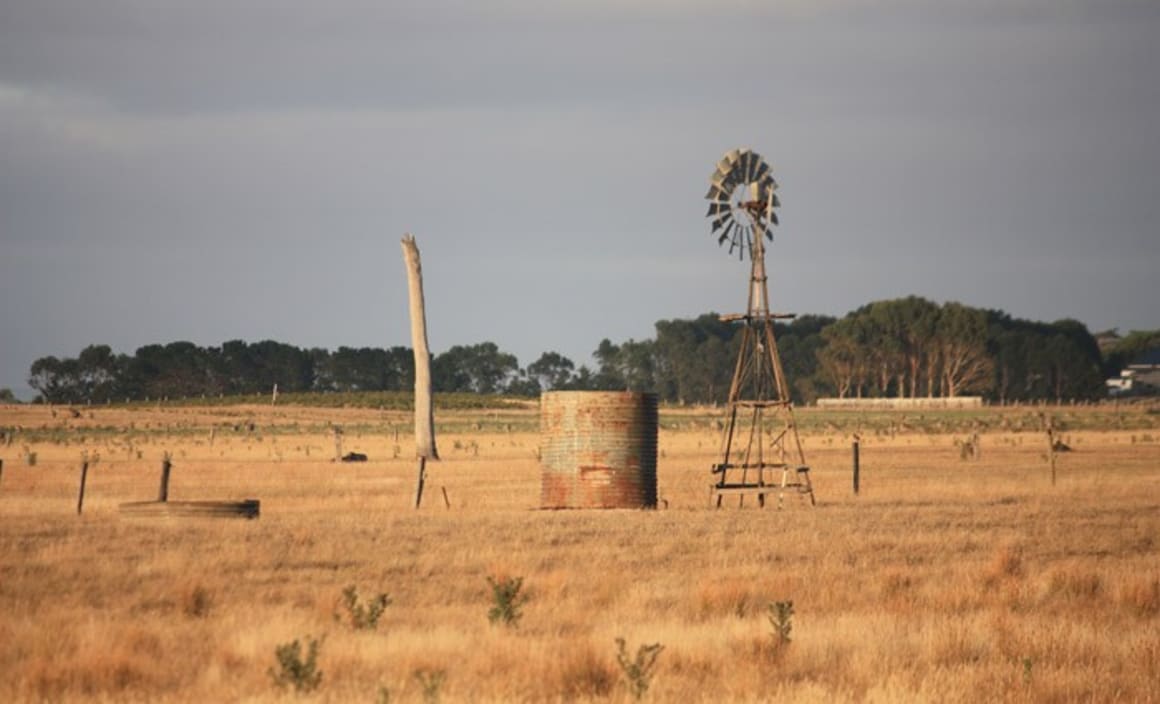Loans to rural sector at six year highs: Craig James

GUEST OBSERVER
Agriculture in vogue: New commercial loans to the Agriculture sector hit 6-year highs in the year to January.
Lending: Total new loans (personal, business, housing & lease) fell by 2.9 percent in January after falling by 5.2 percent in December. Total lending is down by 7.4 percent on a year ago – the biggest annual decline in 3ó years.
Trends: In trend terms lending was down 0.9 percent in January – the fourth consecutive fall. Lending was up just 2.1 percent on a year ago – the weakest growth in almost three years.
The lending figures have implications for finance providers, retailers, and companies dependent on consumer and business spending.
What does it all mean?
Aussie consumers and businesses remain cautious about taking on more debt. Interest rates may be at or near generational lows, but that is no guarantee of higher rates of borrowing. In fact, after running up over the past two years, new lending commitments seem to have hit a ceiling. Effectively borrowers are saying that’s enough for now.
Leasing is in favour though as are loans taken out by consumers to buy new cars.
The interesting point for the Reserve Bank though is whether another cut in the cash rate would serve any purpose. Borrowers are cautious about taking on more debt. And lower interest rates compress bank margins, affecting profits and potentially investment, employment and shareholder returns.
Click to enlarge

Mining has fallen from favour, to be replaced by agriculture sector. Loans to rural businesses over the past year were the highest in six years. The lift in lending coincides with renewed interest in the sector from overseas investors and expectations of stronger Asian demand for Aussie food and beverage products.
What do the figures show?
Total new loans (personal, business, housing & lease) fell by 2.9 percent in January after a 5.2 percent fall in December. Lending had hit a 7ó year high in September. Total lending is down 7.4 percent on a year ago.
Housing finance: The seasonally adjusted measure of construction and new purchases fell by 4.3 per cent in January while alterations & additions rose by 1.5 percent. Home loans are up 15.9 per cent on a year.
Commercial finance: The seasonally adjusted series for the value of total commercial finance commitments fell by 2.5 per cent in January after falling by 8.8 percent in December. Revolving credit commitments fell by 2.2 per cent (-23.1 per cent in December). Fixed lending commitments fell by 2.5 per cent – the fourth straight decline.
Business loans are down 16.3 per cent over the year.
Over the year to January, total business lending was $531.6 billion, up 7.4 per cent over the year. Lending rose most in Victoria (up 13.1 per cent) followed by Queensland (up 10.9 per cent), South Australia (up 9.4 per cent), NSW (up 7.8 cent) and Western Australia (down 13.2 per cent). No consistent data was available for other states and territories.
Personal finance : The seasonally adjusted series for the value of total personal finance commitments fell by 1.4 per cent in January after rising by 2.1 per cent in December.
Revolving credit commitments fell by 1.6 percent and fixed lending commitments fell by 1.2 per cent.
Personal loans are down 8.1 per cent over the year.
Within personal fixed finance commitments, loans for new cars were up by 1.0 per cent on a year earlier while loans for used cars were down by 2.4 per cent. Loans for residential blocks of land were down by 10.0 per cent on a year ago – the 14th decline in 15 months.
Lease finance : Lending rose by 3.7 per cent in January and was up 18.8 per cent over the year.

What is the importance of the economic data?
Lending Finance is released monthly by the Bureau of Statistics and contains figures on new housing, personal, commercial and lease finance commitments. The importance of the data lies in what it reveals about the appropriateness of interest rate settings, confidence and spending levels in the economy.
What are the implications for interest rates and investors?
The slowdown in new lending runs counter to other indicators such as record dwelling starts, record tourism and strong employment growth. Still, it does accord with record car sales. Overall it appears that consumers and businesses remain happy to use their own funds to make purchases.

The Reserve Bank will maintain its ‘easing bias’ although it may publicly express doubts about the ability of lower rates to boost activity.
Craig James is the chief economist at CommSec.